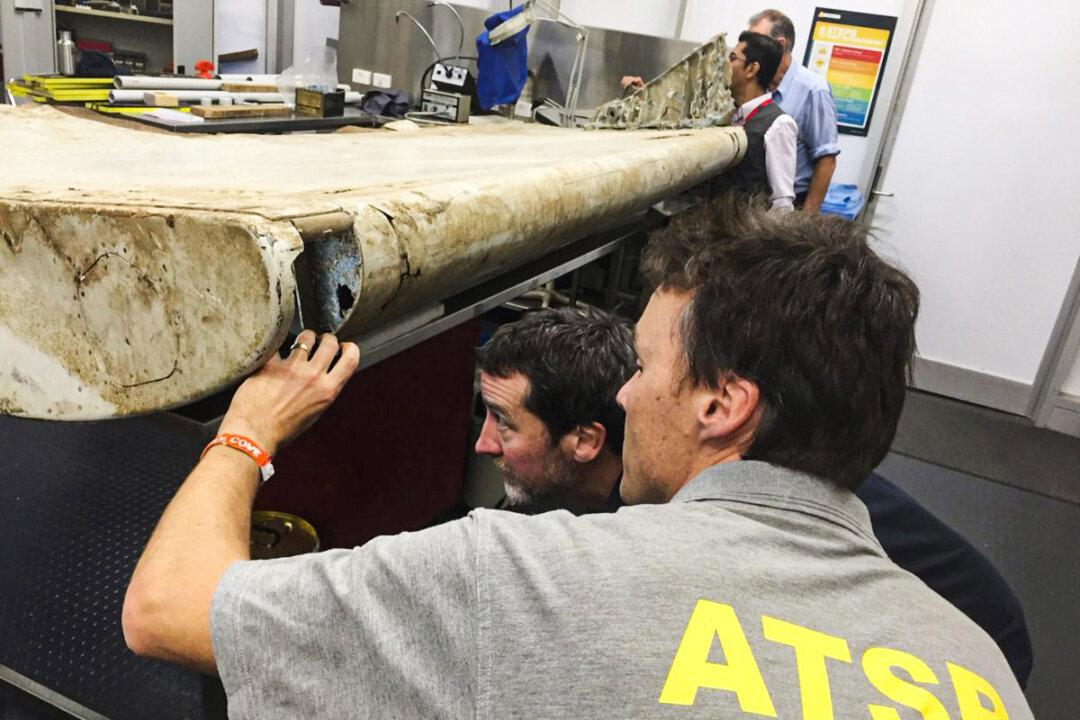A British aerospace engineer claims to have found the final resting place of missing Malaysia Airlines flight 370 using revolutionary new tracking technology.
Expert Richard Godfrey, a founding member of the nongovernmental MH370 Independent Group, says he’s confident that the plane crashed into the southern Indian Ocean 1,993 kilometers (1,238 miles) west of Perth and lies 4,000 meters (4,374 yards) below the surface, at the foot of an oceanic plateau called the Broken Ridge.





